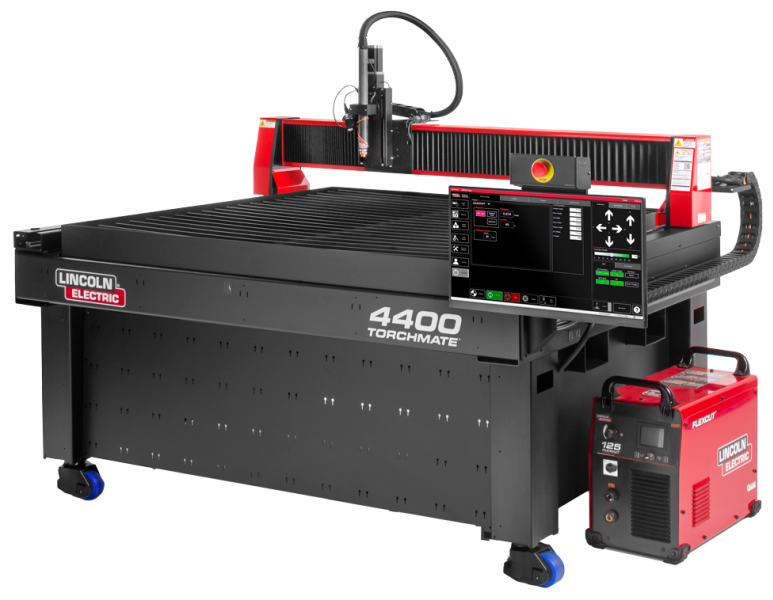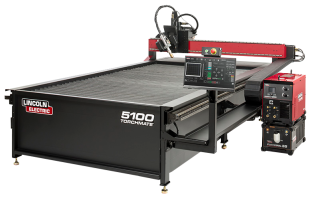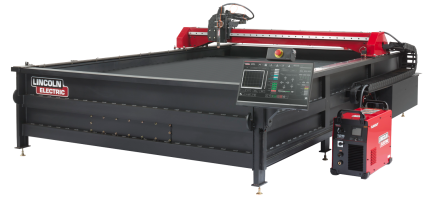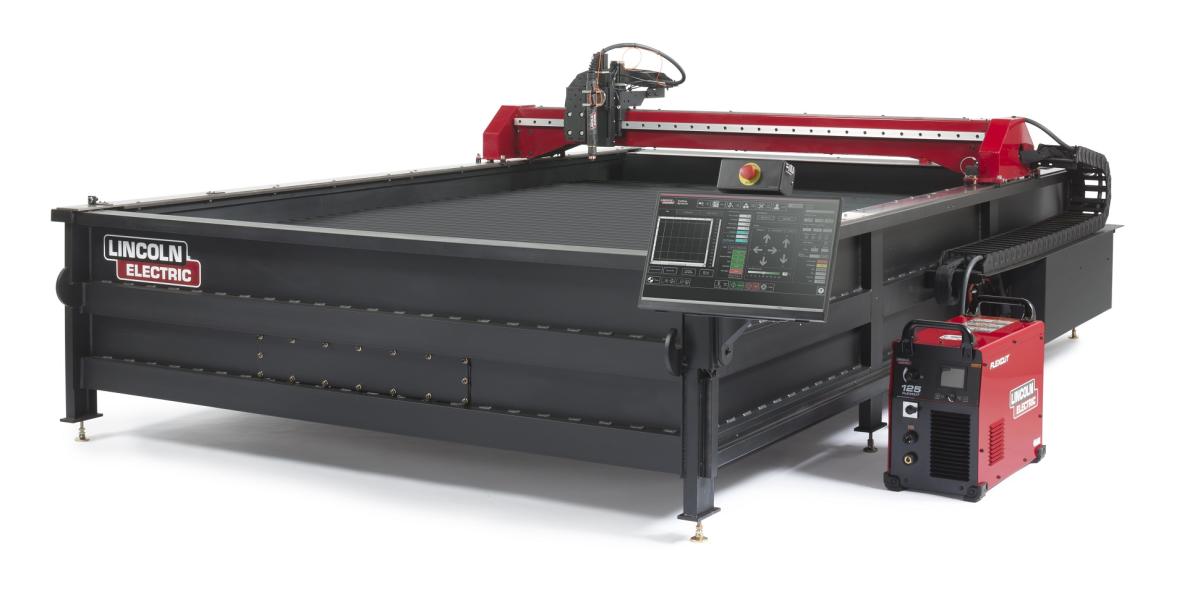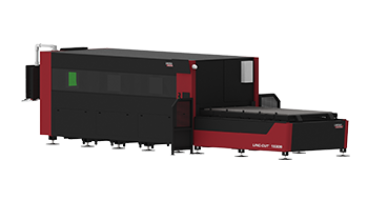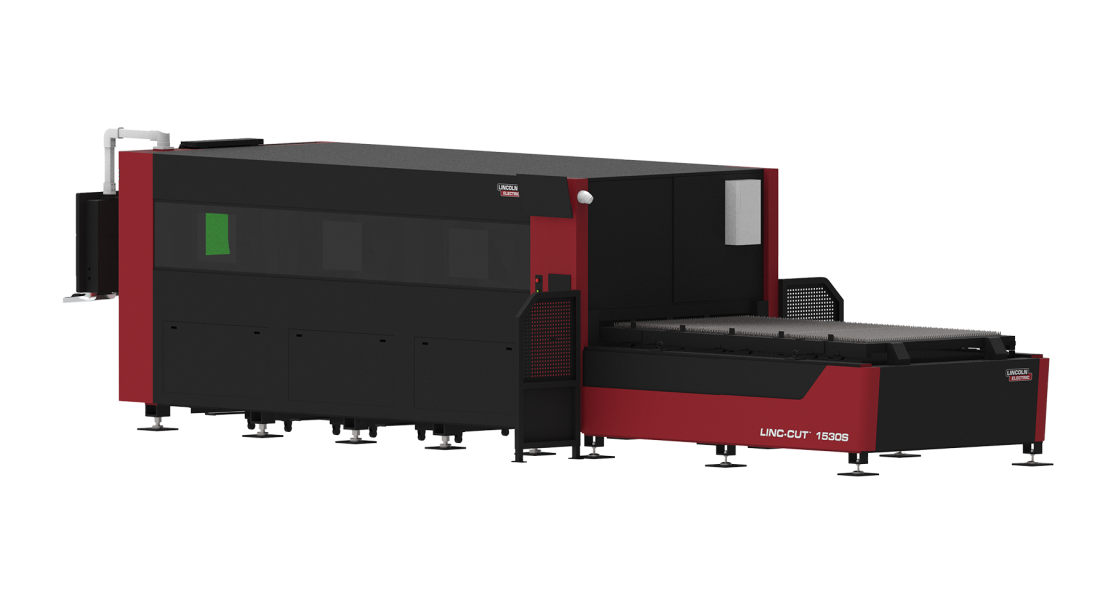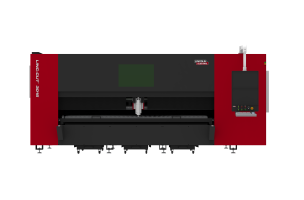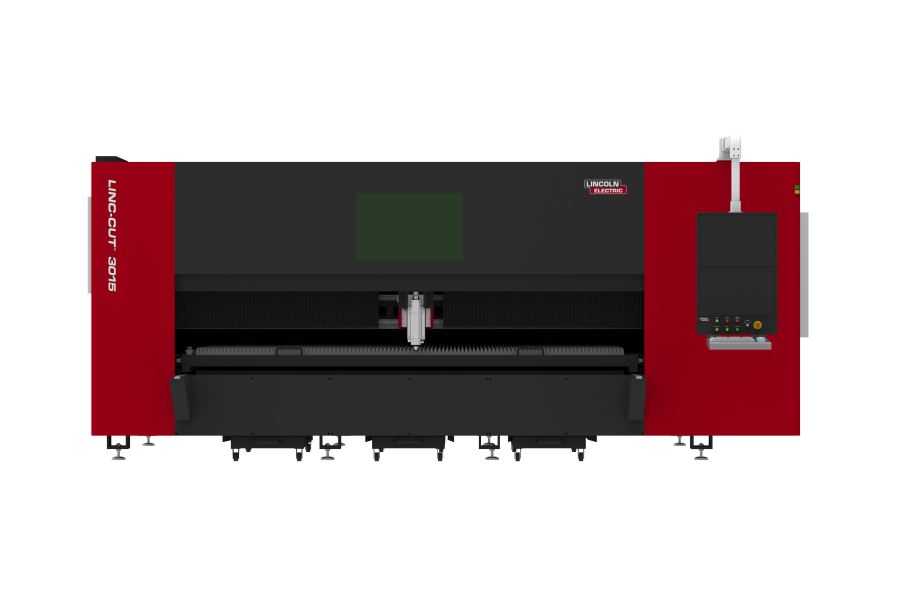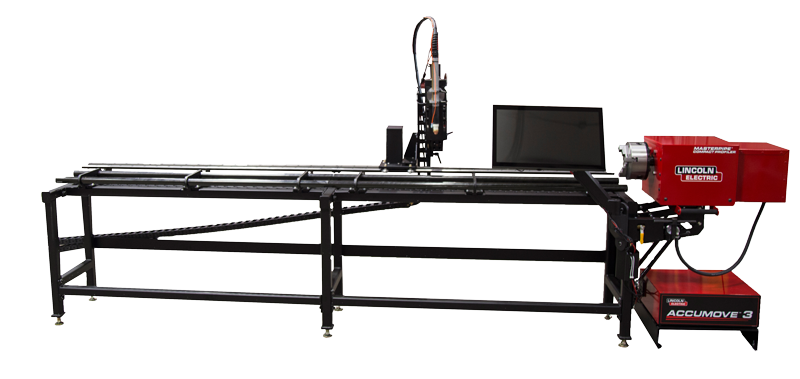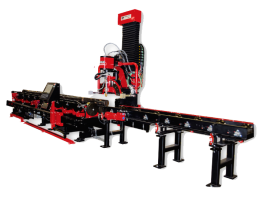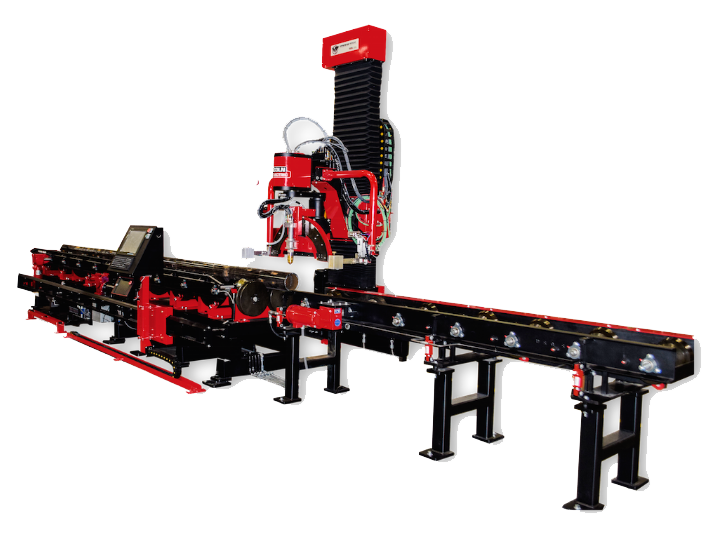The Generator - Torchmate 4800 Plasma Cutting Table Case Study - Reno/Sparks
Plasma cutting table opens the door to artistic expression
Creativity has found a remarkable home at the Generator in Sparks, Nevada. Outfitted with an eclectic array of hand tools and industrial woodworking and metalworking equipment, some donated and others purchased, the 34,000-square-foot facility opened in 2013 as a build space that is freely available to anyone in the community, which encompasses both Sparks and Reno.
The facility’s startup and ongoing operation have been privately funded by “a very wealthy software developer who is also a ‘burner’,” said Lindsay Adams, the Generator’s technical director.
Among an ongoing mix of projects, the Generator typically hosts groups putting together spectacular works of art destined for Burning Man, the annual late summer event staged on a desert plateau (“the playa”) some 120 miles to the north.
This year, artists were able to put a new Torchmate© 4800 plasma cutting system to good use for two projects that used large amounts of steel.
“One was a project called Burntanical Garden, which had a perimeter fence of 3-foot by 5-foot steel panels that were cut then welded into frames,” Adams said. Artists individually designed each panel. And, although a few of them cut their materials by hand, Adams produced many of the designs with the plasma system.
“A lot of people had designs that they had hand drawn,” Adams said. “For those panels, I had to be the operator. We used the image trace function of Torchmate CAD/CAM to convert each one to a tool path to cut those panels.”
The Space Whale, another larger and more complicated project, also used the Torchmate 4800 this summer. This life-sized depiction of a humpback whale consists of a space frame made of steel rods and balls covered with small triangles of stained glass, each held in place by two pieces of 20-gauge metal.
“We used the table to cut all the little gussets that go in the corners to actually hold the stained glass pieces – that’s 3,600 little strips of metal with holes in them,” Adams said. And because the whale had to be transported in pieces to Burning Man, they cut another 500 sets of splice joints out of ½-inch plate and welded those onto the frame along each seam.
Adams was pleased how quickly the Torchmate 4800 was able to produce.
“We were cutting the 20-gauge material for the stained glass pieces at 500 inches per minute, which was a nice feature,” he said. “We originally thought we would have to send all of our files out to a local company that has a 3000-watt laser. Their laser could have done all 2,400 pairs of triangles for the whale in three days, but we couldn’t have created the art files for them that fast. In the end, we even had a hard time keeping up with the plasma table. So there definitely wasn’t a bottleneck there in terms of production.”
Adams, who before joining the Generator staff worked for many years in software development, says this is really his first big jump into metalworking; his background is actually woodworking.
“Starting with seventh grade woodshop, I’ve always worked on wood projects,” he said, adding he also has worked in home construction over the years. “So I’ve got a very wide skill set, which lends itself to art projects like we do at the Generator.”
Compared to the 90-watt laser that the Generator’s patrons use for cutting wood, plastics, fabrics, and paper, the plasma cutting system “is essentially just bigger and fancier, with a slightly different tooling process,” Adams said. “The mechanics are similar. It just adds the extra step of creating your tool paths and setting up your tool correctly, so you get a piece that comes out accurately.”
The Torchmate 4800 plasma system has been a good fit for the Generator’s equipment sharing model.
“It was easy to pick up, especially with the tutorials on the YouTube channel that show how to use the Torchmate CAD/CAM and get your job set up,” Adams said. “As technical director, I’m the go-to person on the table, and I’ve already trained a few people. Our standard operating procedure is to get people trained and up and running on their own. I make them take notes on what the individual quirks are with any individual piece of equipment that we have. Then I’ll watch them set up and run their jobs, and make sure they’re doing it correctly.”
And, when they run into problems, Adams is there to help.
“It’s an easy machine,” Adams said. “It doesn’t really take too long to get people up to speed.”
* * *




